This winter, in the absence of my spring-fall soundtrack of endless baseball games, I’ve gotten hooked on podcasts. I’ve been an on and off listener of This American Life for years, but outside of that radio show (and podcast), I hadn’t found any others that consistently engaged me. Now, to be fair, I am easily distracted and not good at sitting still. But I’m also a multi-tasker, and as an adult who spends countless hours every week doing chores, I’ve found podcasts as my new best friend. After hours sitting at my desk writing, combining podcasts and washing the dishes or scrubbing the floor or folding laundry gives me that much-needed mental and physical break.
Now, where does my cat come into this? Well, for Christmas, my husband and I received a portable speaker (the UE boom) and it has totally changed the way I listen to music, podcasts, baseball games, etc. in my house. We are probably the last people to discover bluetooth portable speakers, but, OMG, the sound quality is incredible, it can go anywhere, and it’s super cute to boot. So now, instead of blasting a podcast on my tinny iPhone speakers, I connect to the UE boom. The sound quality is so good that it really messes with my cat. Every time I start up a This American Life episode and Ira Glass starts talking, she’ll wander in with the most puzzled expression on her face. Where is that man? He comes to our house once a week, but he’s… invisible. And he only stays for an hour. What the heck, Moms? She’s seriously creeped out at this point.
Right now, in addition to This American Life (which, by the way, absolutely blew me away with the latest episode–I was so riveted by the stories of the young adults who’d participated in the exchange between the elite private high school and the public school in the Bronx), I’m a huge fan of the following podcasts.
1. Narrative Breakdown – Arthur A. Levine/Scholastic editor Cheryl Klein and director James Monohan bring in a wide variety of guests to discuss topics related to writing/publishing/creativity. There’s a great backlog of episodes (they are a bit sporadic, but usually there’s a new one about once a month) of this podcast, nearly all of which I’ve listened to. I love hearing writers talk about their process, and also Cheryl’s keen insights from the editorial perspective.
2. This Creative Life – In Sara Zarr’s podcast (a bit more sporadic than Narrative Breakdown), she interviews a variety of fiction writers who discuss their process and different aspects of the writing life. The sheer honesty in these conversations is so refreshing.
3. Finish Line – As someone who lives a mile from where Dzhokhar Tsarnaev was found in a boat two years ago this April, I’m finding it impossible not to pay some level of attention to his trial, which started a few weeks ago. I’ve found that this 10-15 minute, almost-daily podcast gives me just the right balance of information and reflection. I tried following Globe reporter Kevin Cullen’s Twitter feed, but found it both overwhelming and too emotional (for me).
4. Serial – This was the one that started it all and got me hooked back on the podcast format. The first season ended back in the fall, but oh man, did Serial have me hooked. I listened to each episode as soon as it posted on Thursday morning, and then the Slate Serial Spoilers Special Podcast every Saturday morning. Obviously, I was not alone in my obsession, as Serial became such a cultural phenomenon. I’m very curious to see where Sarah Koenig takes it for season two, and how well the intensity of the listening experience holds up when it switches away from a true crime story.
So, those are my favorite podcasts as of today. What else should I be listening to?

 e and her friends and Sherman, there’s a more mysterious story with an unknown teenage protagonist, written in second person. As readers delve deeper and deeper into the story, they’ll work to figure out this person’s identity, and enjoy making the connections as we get closer and closer to Valentine’s Day, when all the threads comes together.
e and her friends and Sherman, there’s a more mysterious story with an unknown teenage protagonist, written in second person. As readers delve deeper and deeper into the story, they’ll work to figure out this person’s identity, and enjoy making the connections as we get closer and closer to Valentine’s Day, when all the threads comes together.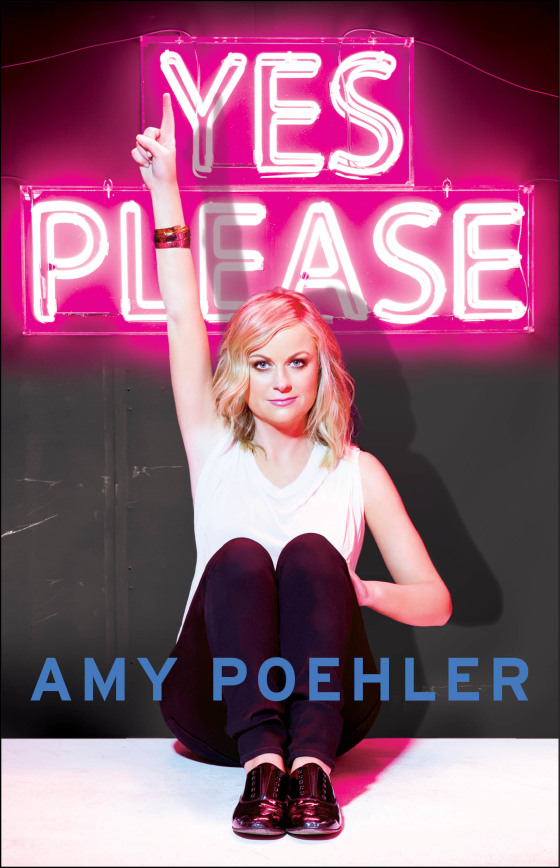 ing. I need to legitimately get outside, away from it all. (Easier said that done in this evil, evil Boston winter.) I need to hang out with friends, watch movies, listen to This American Life, cook, travel to France at the last minute, etc. For the past week, I’ve been reading Amy Poehler’s memoir, Yes Please, a little bit at a time before bed every night. This morning I finished it (because it is due at the library and I already have enough fines).
ing. I need to legitimately get outside, away from it all. (Easier said that done in this evil, evil Boston winter.) I need to hang out with friends, watch movies, listen to This American Life, cook, travel to France at the last minute, etc. For the past week, I’ve been reading Amy Poehler’s memoir, Yes Please, a little bit at a time before bed every night. This morning I finished it (because it is due at the library and I already have enough fines).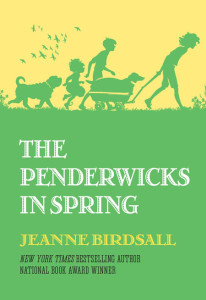
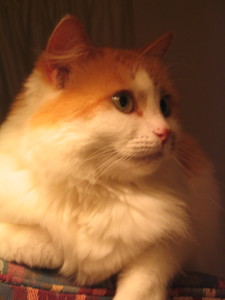

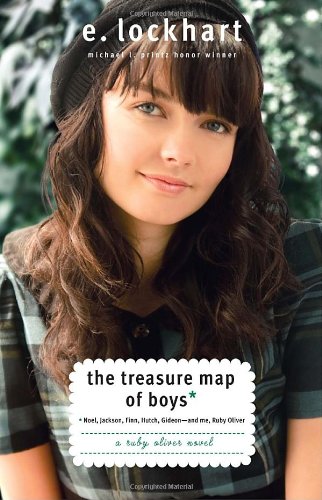


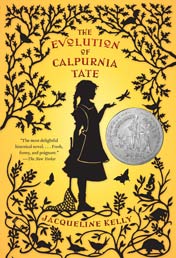



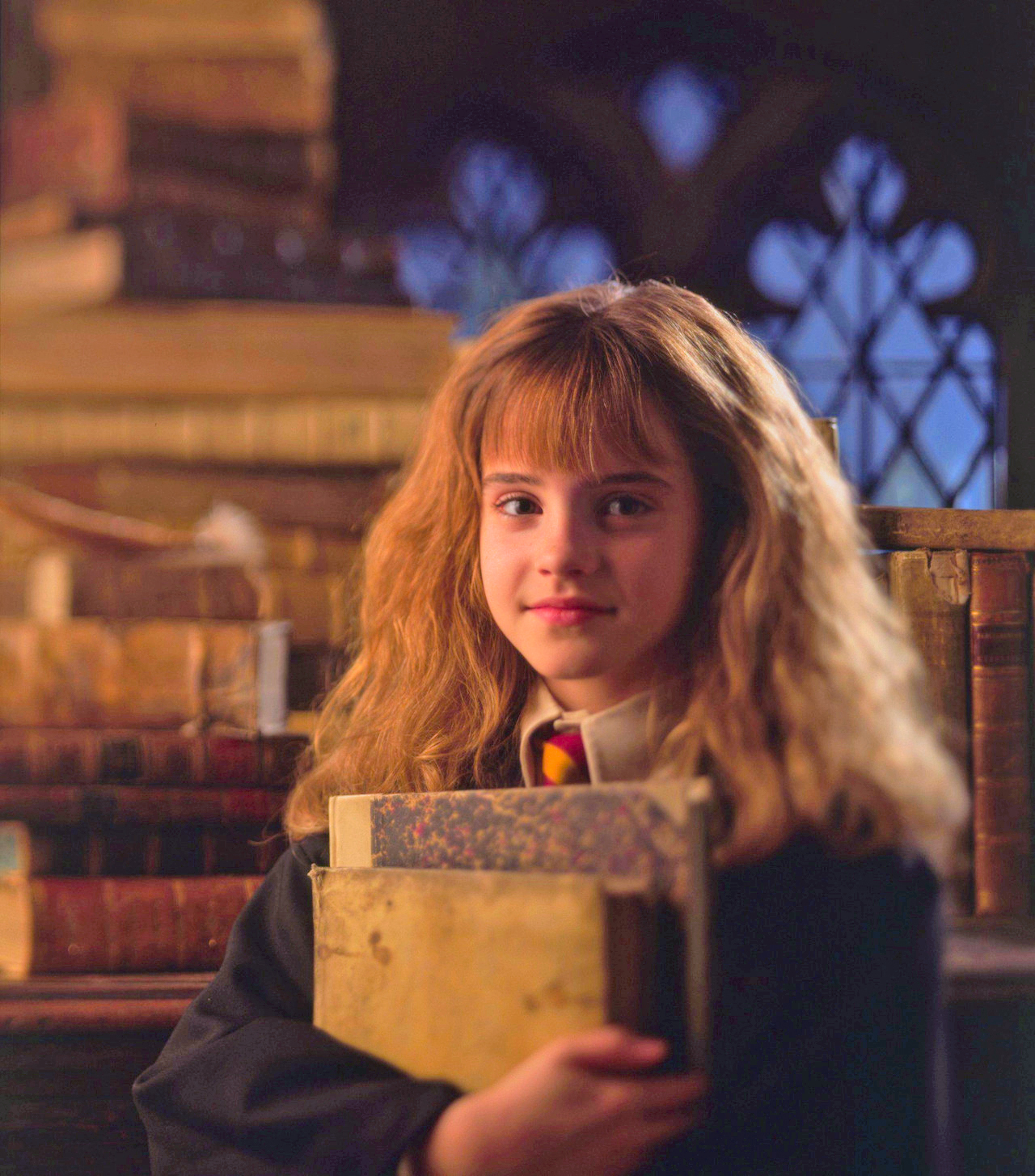
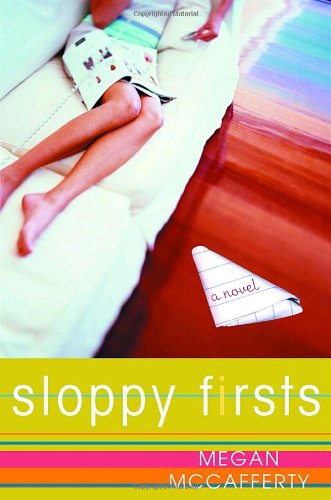

 tored while in college. I’m such a sucker for any book (or movie) featuring the awkward princess Mia Thermopolis, so meeting Meg Cabot was extremely high on my ALA to-do list. Luckily, even though the line was quite long by the time I got there, it only took half an hour until I got to meet her. She was every bit as delightful as one would expect, and I managed to not be totally flustered. I told her that Michael Moscowitz was my first and most enduring book boyfriend. (Completely true.) And I may or may not have worn the special Princess Diaries paper crown from the signing when I began reading my ARC of Royal Wedding, even though it was sized for a ten-year-old’s head.
tored while in college. I’m such a sucker for any book (or movie) featuring the awkward princess Mia Thermopolis, so meeting Meg Cabot was extremely high on my ALA to-do list. Luckily, even though the line was quite long by the time I got there, it only took half an hour until I got to meet her. She was every bit as delightful as one would expect, and I managed to not be totally flustered. I told her that Michael Moscowitz was my first and most enduring book boyfriend. (Completely true.) And I may or may not have worn the special Princess Diaries paper crown from the signing when I began reading my ARC of Royal Wedding, even though it was sized for a ten-year-old’s head. 2014, Nest and The Meaning of Maggie were among my very favorite middle grade novels and both are by authors publishing for the very first time. Along with Charlesbridge editor Julie Bliven and the Boston Public Library’s Head of Children’s Laura Koenig, I really enjoyed discussing ways that librarians (and booksellers, and really anyone) can promote and discover debut voices. I left with a growing list of other debut titles to check out. Gabi, A Girl in Pieces, I’m looking at you!
2014, Nest and The Meaning of Maggie were among my very favorite middle grade novels and both are by authors publishing for the very first time. Along with Charlesbridge editor Julie Bliven and the Boston Public Library’s Head of Children’s Laura Koenig, I really enjoyed discussing ways that librarians (and booksellers, and really anyone) can promote and discover debut voices. I left with a growing list of other debut titles to check out. Gabi, A Girl in Pieces, I’m looking at you!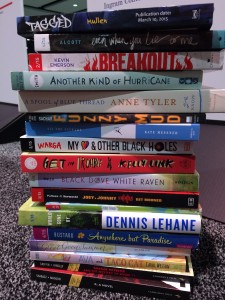
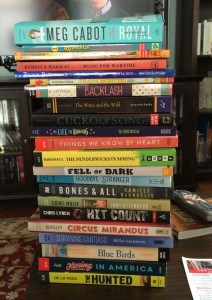
 Winner:
Winner:

